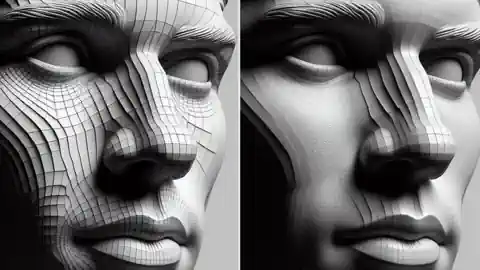
Enhancing Shading and Rendering in SketchUp Models
SketchUp, a popular 3D modeling software, is renowned for its user-friendly interface and intuitive tools. However, one of the limitations of SketchUp is that it does not store vertex normals in its native SKP files. Vertex normals, crucial for accurate shading and rendering, define the direction a face points at each vertex. In the absence of this information, 3D models can appear flat and unrealistic.
Smooth Edges in SKP Files
To circumvent this limitation, SketchUp employs smooth edges as a workaround. Smooth edges are edges that are not visible in the rendered model, but are used to connect adjacent faces that have different orientations. By smoothing an edge, SketchUp calculates the average normal of the two faces and assigns it to the vertices along the edge. This way, SketchUp can create smooth transitions between faces without storing vertex normals in SKP files.
How to Preserve Vertex Normals
However, not all 3D file formats use smooth edges to define vertex normals. Some formats, such as FBX, OBJ, 3DM, U3D, X3D, and DAE, store vertex normals along with vertices and texture coordinates in their files. This means that when converting from these formats to SKP, some information about vertex normals may be lost. To automatically detect and preserve smooth edges in non SKP files and apply them to the SKP file you can use our Autoconverter software.
Use Autoconverter to Convert SKP Files
Autoconverter is a useful tool for anyone who works with 3D models and needs to convert them to SKP format. By using Autoconverter, you can avoid losing or corrupting vertex normals data from other file formats and enjoy the benefits of smooth edges in SketchUp. With Autoconverter software you can rest assured that your 3D models will look consistent and realistic across different file formats.